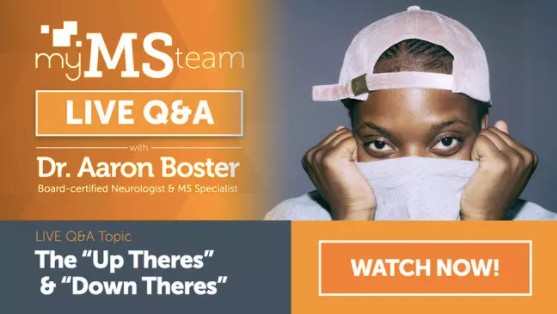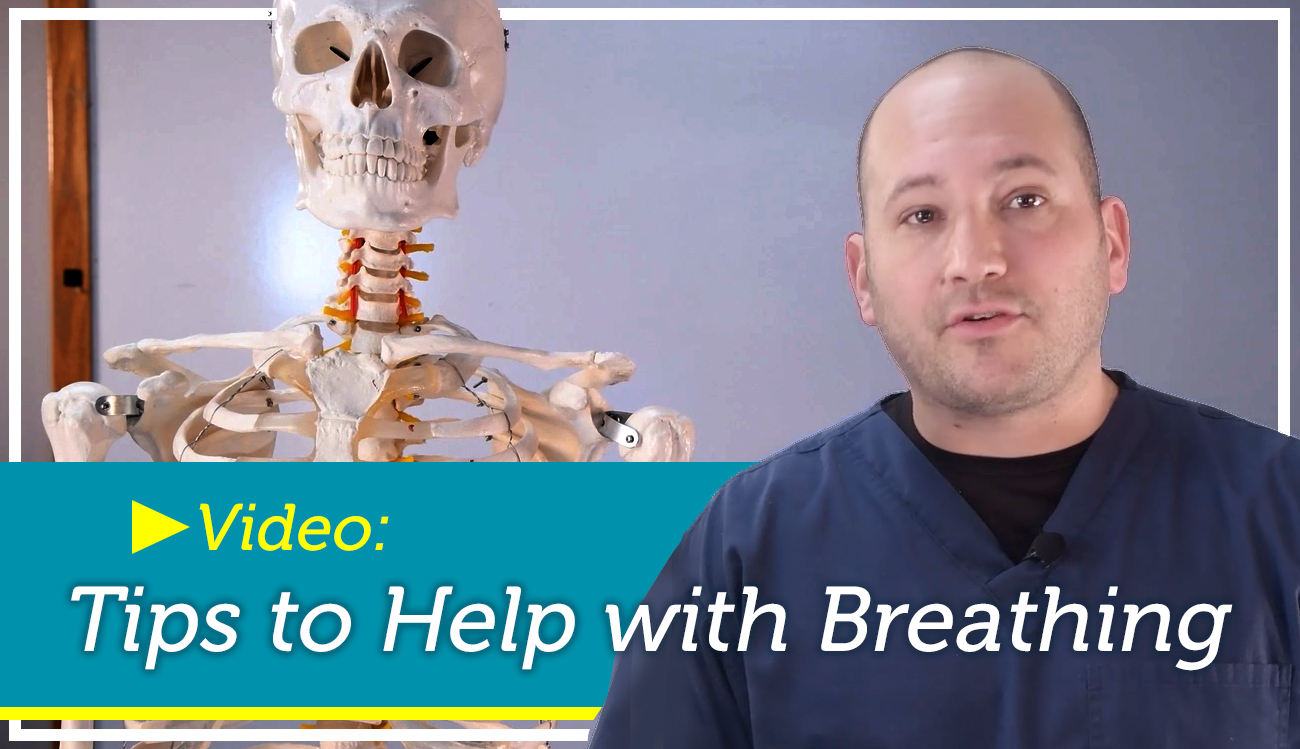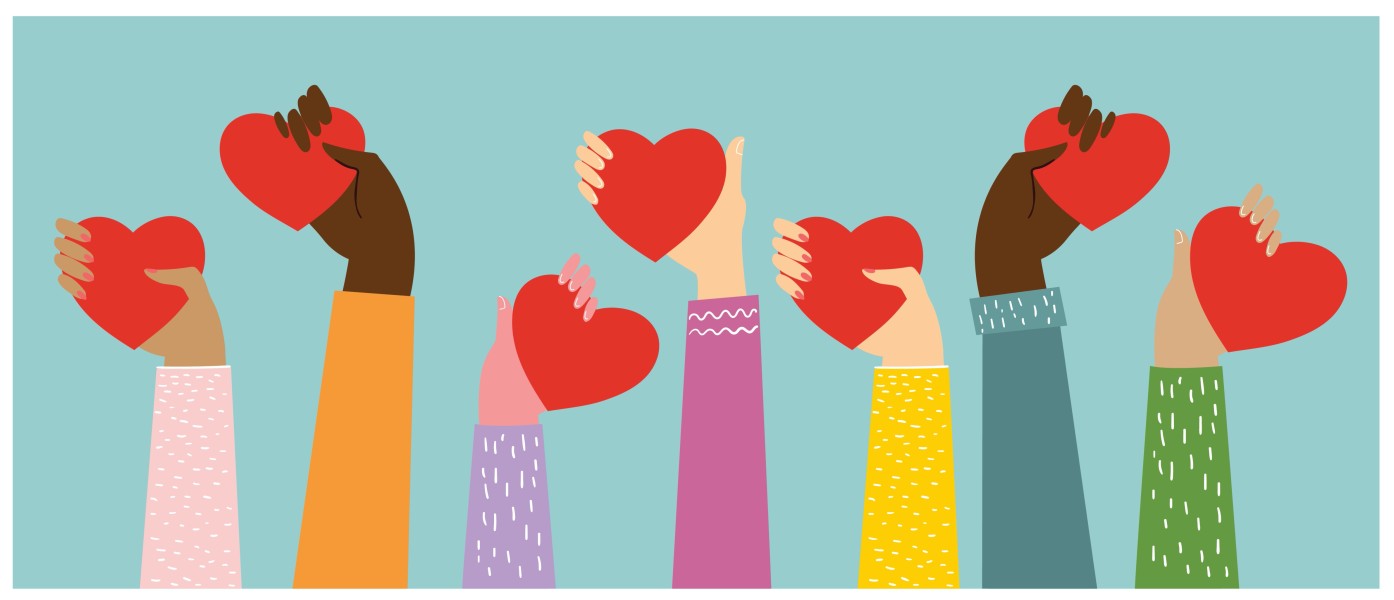 June 3, 2021
June 3, 2021
Why Pharma Marketers Are Prioritizing Social Networks for 2022
One of the questions I hear regularly from pharma marketers and their agencies is “why are patient social networks so impactful?.” This comes in the context of media planning conversations about where to find diagnosed patients and how to effectively encourage them to take action. And it reflects the fact that top pharma brands continue to increase the portion of their direct-to-consumer marketing budget dedicated to patient social networks.
My answer is simple. There are 3 things that make health social networks especially impactful for today’s pharma marketing leaders.
1) Active Engagement: People are talking about their health.
In health social networks, real people share their firsthand experiences. This personal connection – with someone who “gets it” because they’ve experienced similar challenges – creates trust and cultivates conversation. A lot of conversation! Across MyHealthTeams’ 41 condition-specific social networks, we see that our web and mobile apps become a daily habit. People check in to share the ups and downs of living with symptoms and side effects. They provide each other practical tips – everything from advice about navigating co-pay programs to lifehacks for overcoming everyday obstacles. They provide insight into treatment experiences and help one another prepare for upcoming conversations with doctors. They also just talk about life – relationships, work, home – with the friends they make in these communities. A snapshot of topics of patient-to-patient conversations in health social networks:
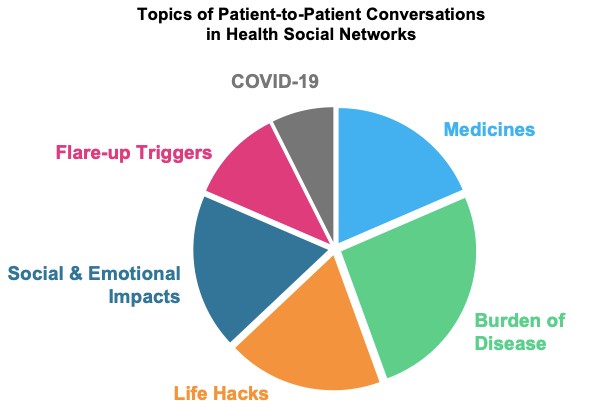
For a marketer tasked with engaging patients, this context is hugely valuable. Your target customer – a consumer living with a chronic disease – is actively thinking about her health, which makes your message more likely to resonate at that moment. In our experience, this is exactly what happens. The brands we partner with consistently report that ads on MyHealthTeams out-perform those on endemic health websites – where people are browsing content but may not be a diagnosed patient and may not be as actively engaged – by about 400%. That’s right, 4X better performance.
2) Relevant Information: People are consuming disease-specific expertise.
The best experiences in health social networks are tailored to address the very particular concerns of community members who share a diagnosis. Just as in real life people want to see a doctor who specializes in their condition, they also seek out this expertise in the digital world. This is why we invest heavily in creating condition-specific articles and videos featuring top medical experts in the diseases our social networks serve. For example, we host a regular live Q&A series with MS specialist Dr. Aaron Boster. He addresses hot-topic issues for members of MyMSTeam, our social network for people living with multiple sclerosis, with hundreds of participants who submit questions in advance and then converse among themselves about his insights and recommendations for weeks afterward.
We do variations of this type of content development and programming with medical experts across key therapeutic areas including neurology, dermatology, oncology, rheumatology and more. It consistently delivers an 8x lift on engagement – with people liking, commenting and sharing. For pharma marketers, this creates a highly relevant context in which to connect with patients best-suited for their therapies. People (diagnosed patients!) are consuming disease-specific expertise and thinking about how to best manage their health.
3) Better Outcomes: People are empowered to take action.
One of the things that’s become increasingly clear over the past year is that the 2.5+ million registered members of MyHealthTeams’ social networks are actively working to improve their health, and digital resources play an important role. For example, when Covid hit and many in-person appointments were canceled, we teamed with the Home Rehabilitation Network to produce four videos for MyCOPDTeam that guide members through techniques and tips they can use to strengthen breathing and maintain health. One example: a tutorial on pursed-lip breathing, which delivers more oxygen in any given breath. It was all about giving members actionable tips to manage their condition – at home.
The engagement was remarkable. When we surveyed members 30 days after the videos went live, we were thrilled to find that 92% of those who’d seen the videos had tried the techniques – with 48% reporting they’d done so more than 10 times. Then 90 days after the videos went live, we conducted a follow-up survey and found that 67% of respondents had made the techniques a daily habit!
What’s even more striking is the fact that survey respondents said regularly using the techniques learned from the videos led to improvements in six key quality of life measures.
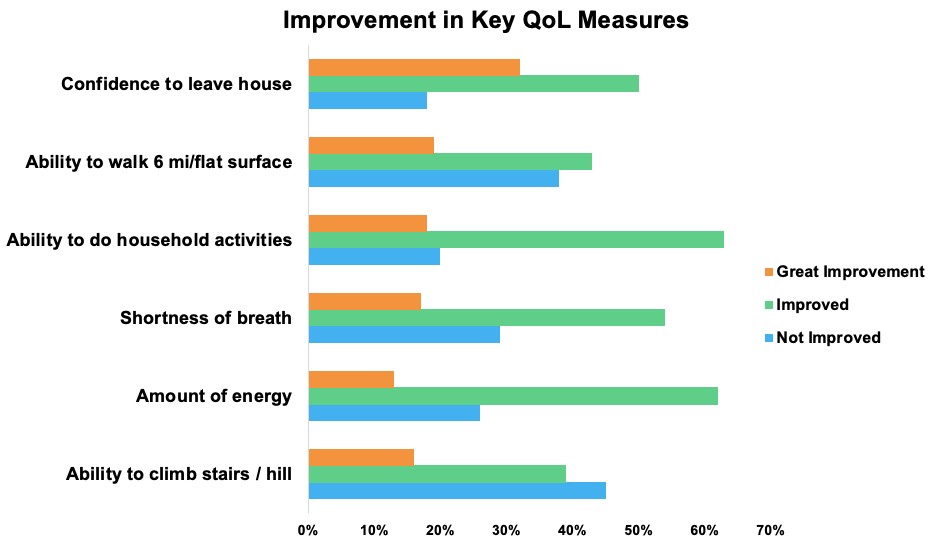
82% report feeling more confident leaving their house. 81% see improvement in their ability to do household activities. 75% have more energy. 71% see improvements in shortness of breath. 62% are more comfortable walking for 6 minutes on a flat surface. 55% are better able to climb stairs or a hill.
These results make a big difference in a person’s daily life. And this is the kind of movement that today’s pharma marketing leaders want to be part of. Of course they want a return on their marketing investment. They also want to improve patient outcomes. Partnering with patient social networks delivers both.
In today’s health landscape, where pharma marketers and agencies are seeking ways to truly engage consumers as they look ahead to 2022, “Why are patient social networks so impactful?” is an important question to be asking. In addition to my top-line thoughts shared here, I’d welcome the opportunity to dig into answering that question specifically for your brand. You can reach me at [email protected] to discuss further.

